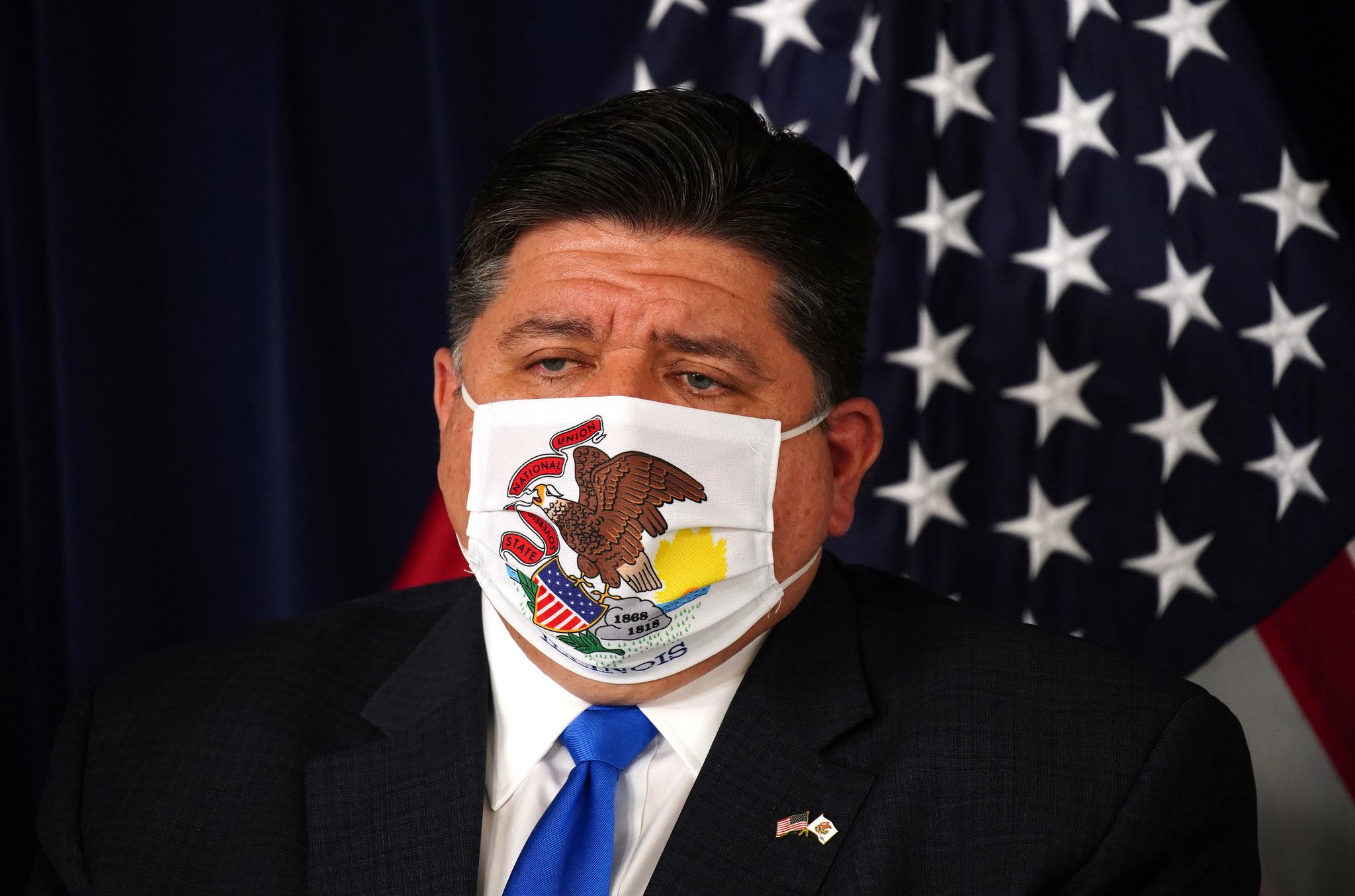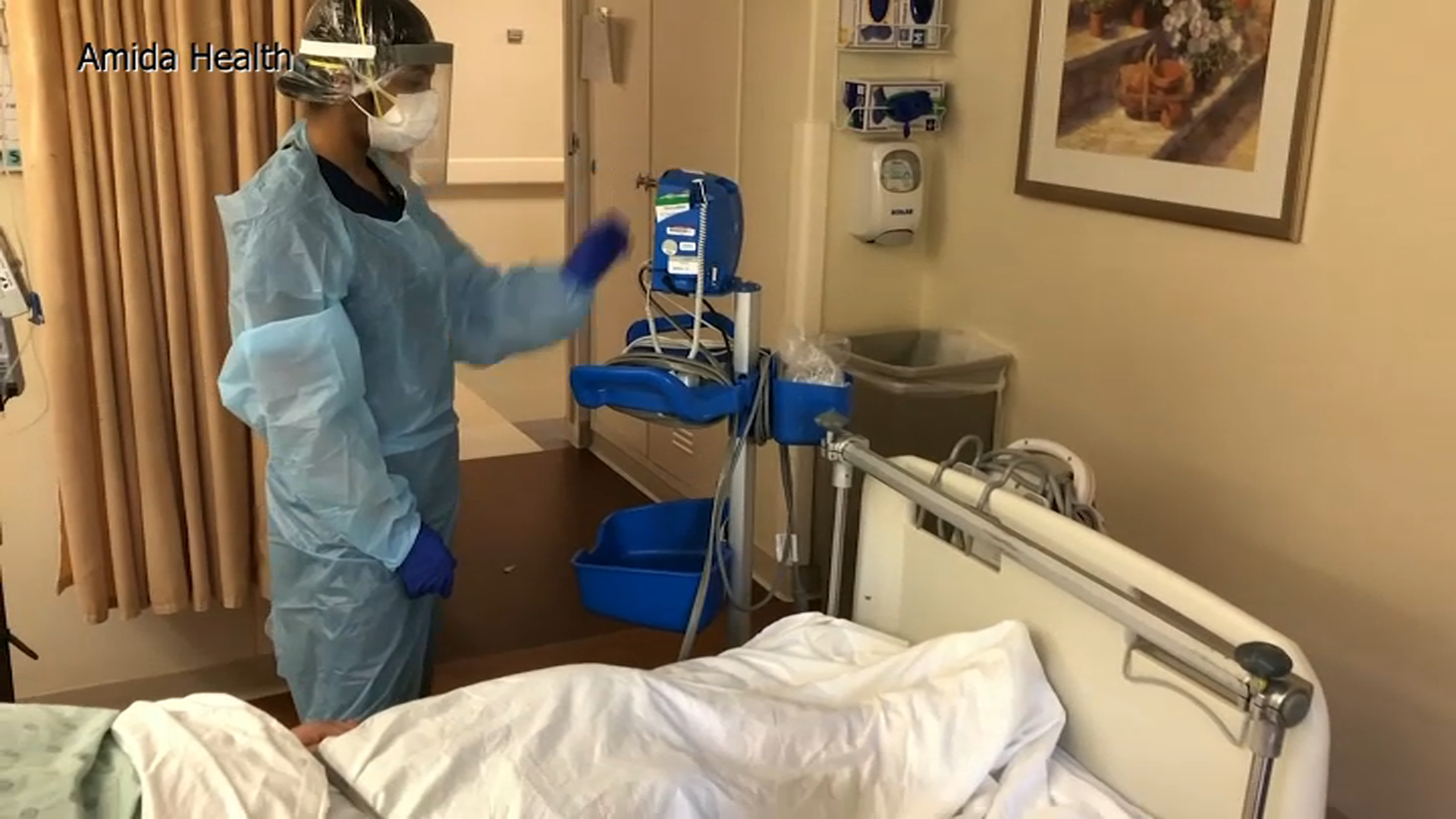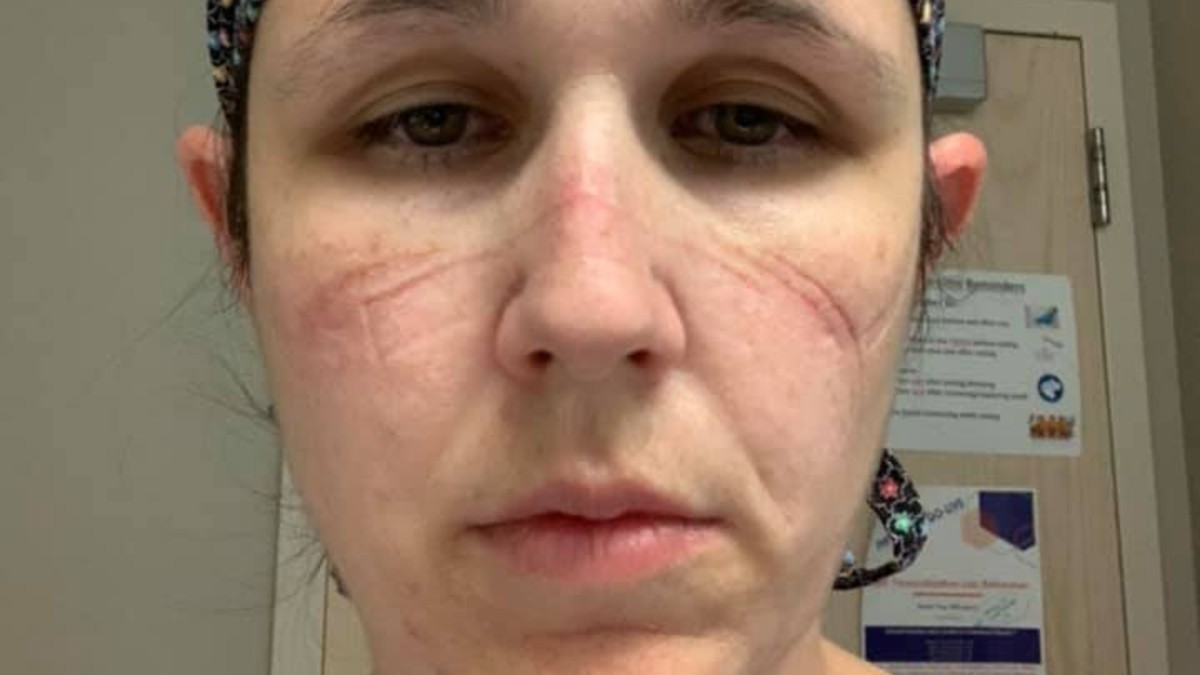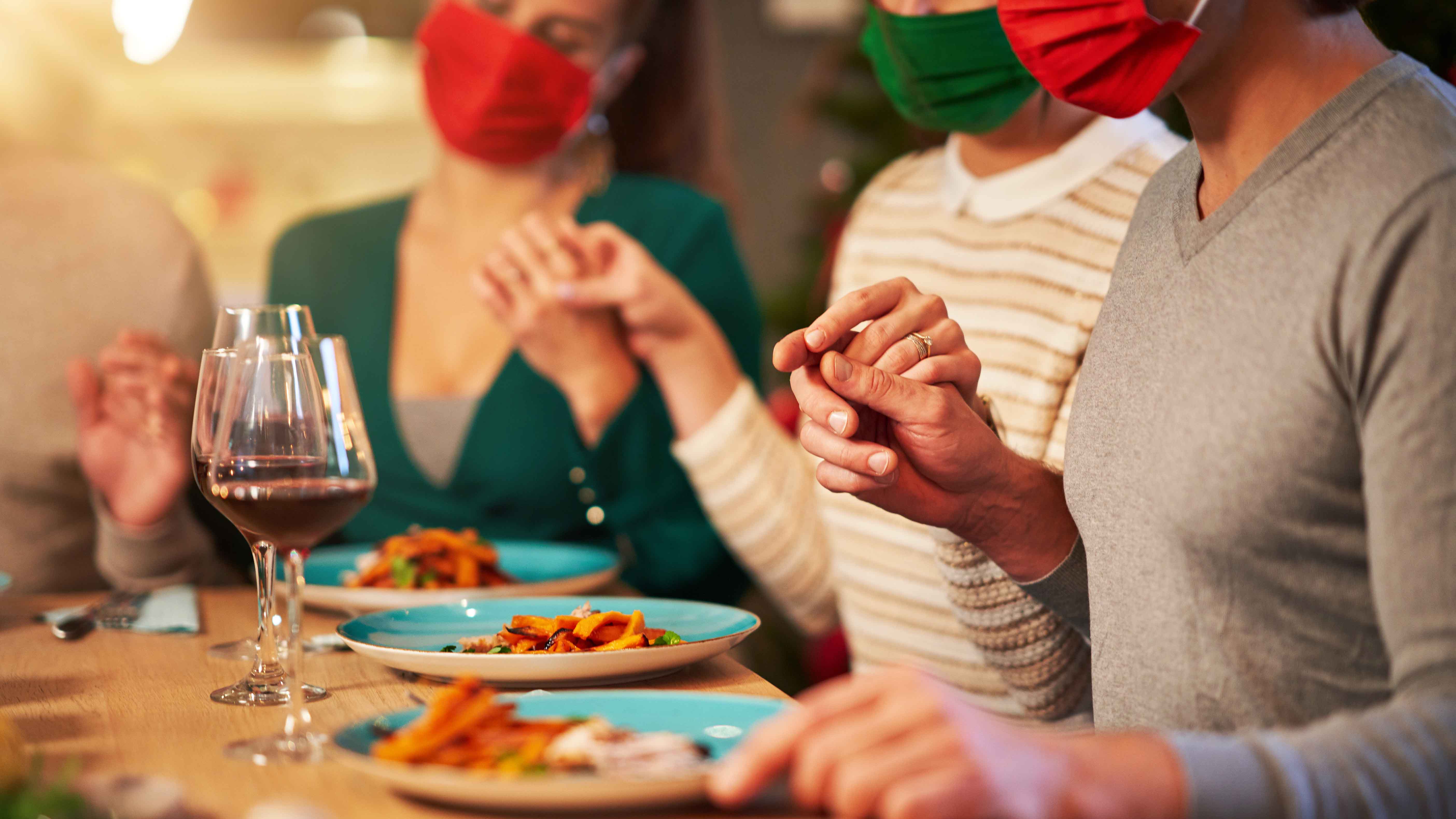Illinois is set to see a new set of restrictions beginning Friday across the state.
The governor announced the changes, citing a rise in cases, hospitalizations and positivity rates in all of the state's 11 regions.
New guidelines will be in place for retailers, gyms, hotels, restaurants, bars and more, according to state officials.
Here's a full breakdown.
What's included under the guidelines?
Bars and restaurants
• All bars and restaurants close at 11pm and may reopen no earlier than 6am the following day
• No indoor service
• All bar and restaurant patrons should be seated at tables outside
• No ordering, seating, or congregating at bar (bar stools should be removed)
• Tables should be 6 feet apart
• No standing or congregating outdoors while waiting for a table or exiting
• No dancing or standing indoors
• No tables exceeding 6 people
• Reservations required for each party
• No seating of multiple parties at one table
• Indoor gaming terminals must suspend operations
• Includes private clubs and country clubs
Health and fitness centers
• Operate at no more than 25% capacity
• No indoor group classes
• Face coverings must be worn at all times, including while engaged in individual exercise regardless of person or machine spacing
• Reservations required
• Locker room areas should be closed
Hotels
• Hotel room occupancy should be limited to registered guests only, with the maximum allowance being the number of individuals permissible per existing fire code for each applicable guest room
• Fitness centers should be closed, or operated only on a reservation model with capacity limited to 25% of the maximum occupancy for the room
• Grab and go food allowed
• Event and meeting space closed
Indoor recreation, theaters, cultural institutions (e.g. casinos, bowling, arcades, movie theaters, museums and zoos)
• Gaming and casinos close
• Indoor recreation centers, including theaters, performing arts centers and indoor museums and amusement centers, close
• Live streaming of performances encouraged with social distancing of performers and minimum operational staff
• Outdoor activities allowed at 25% capacity or less
• Outdoor group activities limited to 10 persons or less, participants/guests must wear face coverings at all times
• Reservations required for each guest for outdoor activities
Manufacturing
• Additional COVID training for all employees required even if previous training occurred
• Operators should coordinate with IDPH to implement testing protocols and contact tracing, upon request, consistent with available testing supplies
• All employees must wear face coverings at all times unless eating or drinking. Exemptions only for safety purposes.
• Only manufacturing staff and key personnel allowed in facilities. Non-production employees must work remotely. Non-essential staff and visitors are not permitted. Exemptions only for critical equipment repairs, supply deliveries and safety reasons (“critical visitors”).
• All critical visitors must have an Employee Health and Safety (EHS)-approved risk-assessment done in advance, including travel history, tracking, and temperature check prior to entrance.
• Implement additional workstation realignment when feasible
• Stagger and space shifts, and designate shift entrances and exits (when possible) to minimize interactions of employees across unique shift groupings
• Station sanitation required at beginning and ending of shifts
• Operators must suspend COVID-related incentive pay and promote staying home when sick or showing symptoms
• Implement temporary leave policies to accommodate workers who are sick
• Develop and implement safety protocols for employee travel vans to promote spacing, require face coverings, temperature checks, air circulation, and vehicle sanitization
Meetings, social events and gatherings (including weddings, potlucks, etc.)
• Limit in home gatherings to household members
• Meeting rooms, banquet centers, private party rooms, private clubs and country clubs may not host gatherings
• No party buses
• Funerals are limited to 10 family members of the decedents, not including staff, see IDPH guidance
Office
• All employees who can work remotely should work remotely
Organized group recreational activities (sports, indoor sports and activity facilities, etc.)
• Pause all indoor group sporting and recreational activities including youth and adult recreational sports, individual training may remain (with facility reservation)
• Includes park districts and travel leagues • Outdoor sports and recreation allowed
• Participant groups and practices outdoors limited to 10 persons or less with social distancing
• Face coverings required for all activities at all times
• Locker rooms should be closed
Personal care service
• Operate at lesser of 25 clients or 25% capacity
• Face coverings must be worn at all times by clients and service providers
• Suspend services where a face covering cannot be worn (e.g. facials, beard trims)
• Physical, occupational and massage therapy allowed as deemed necessary by a medical provider, but appointments must be spaced by a minimum of 15 minutes and facilities should take steps to sanitize and circulate clean air through service rooms before and after each service
• Virtual consultations recommended
Retail (including service counters)
• Operate at no more than 25% capacity, including general merchandise stores, "big box" stores that offer groceries and pharmacy, and convenience stores
• Grocery stores and pharmacies may operate at up to 50% capacity
• Encourage delivery or curbside pickup options wherever possible
• When in-store shopping is necessary, promote efficient trips and consistent circulation
What's not included?
According to the governor's office, grocery stores across the state will remain open and available, child care facilities can continue to operate, and school districts and officials "should continue to follow the extensive guidance released by the Illinois State Board of Education in August to make decisions related to in-person and remote learning at the local level."
How long will it last?
The state's health department said officials will track metrics over the next 14 days to determine "if mitigations can be relaxed, if additional mitigations are required, or if current mitigations should remain in place."
In order for a region to move back to Tier 2 mitigations, it must see a seven-day test positivity average below 12% for three consecutive days, more than 20% availability for intensive care units and hospital beds for three consecutive days, and a decline in seven-day hospitalization average for at least seven days.
“There is no denying that the state is headed in the wrong direction with increased cases, hospitalizations, and deaths,” IDPH Director Dr. Ngozi Ezike said in a statement. “There also is no denying that reducing the opportunities for the virus to spread can reverse our direction. This includes staying home as much as possible, wearing a mask and keeping social distance when we do have to go out, and not gathering with people outside our households. Until a vaccine is widely available and people understand the importance of being vaccinated, we must continue to take preventive actions to stop the transmission of the virus. Right now, our preventive actions are the best way to prevent new cases, hospitalizations, and deaths.”
What's next?
While the latest round of mitigations does not include a stay at home order, Pritzker warned that another order may be required.
"If these numbers don't start to curb, if they don't start to bend this curve, then it is clear that we're going to have to take more difficult measures and go to a stay-at-home order," Pritzker said in announcing the new statewide restrictions.
The governor has also previously hinted at the possibility of another statewide stay-at-home order.
His warning came after state health officials issued guidance recommending that all residents "stay home as much as possible, leaving only for necessary and essential activities, such as work that must be performed outside the home, COVID-19 testing, visiting the pharmacy, and buying groceries."
IDPH also recommended everyone work with employers to work from home unless necessary to be in the workplace and issued another warning that "attending even small gatherings that mix households or traveling to areas that are experiencing high rates of positivity, is not advised and is potentially dangerous."
Stay-at-home advisories took effect Monday morning in Chicago and suburban Cook County as coronavirus metrics continue to rise.
What are the current metrics?
The governor's Tuesday update comes after multiple warnings about hospitalizations in the state, which have consistently increased in recent days.
Illinois had previously reached its hospitalization peak roughly six months ago, but as the state's latest wave lifts the number of average patients in Illinois facilities well above 5,000, the state is seeing record numbers.
As of Monday, Illinois was averaging more than 5,200 coronavirus patients in state hospitals, a number that is 400 more individuals than the spring high, and a 70 percent increase in the last two weeks alone, Pritzker said.
The state saw its hospitalization numbers jump Tuesday with 5,887 residents currently in hospitals due to coronavirus-like illnesses, an increase of more than 300 patients in the last 24 hours. Of those patients, 1,158 are currently in intensive care units, and 545 are on ventilators, also marking increases for both.
All three statistics are the highest metrics the state has seen in their respective categories since the first peak in COVID-19 cases earlier this year.
Illinois health officials reported 12,601 new confirmed and probable coronavirus cases on Tuesday and 97 additional deaths.
Tuesday's data from the Illinois Department of Public Health marked the 12th consecutive day in which the state has seen more than 10,000 new coronavirus cases.
The state’s rolling seven-day average positivity rate held steady at 12.5% after fluctuating nearly three points in the previous week.





